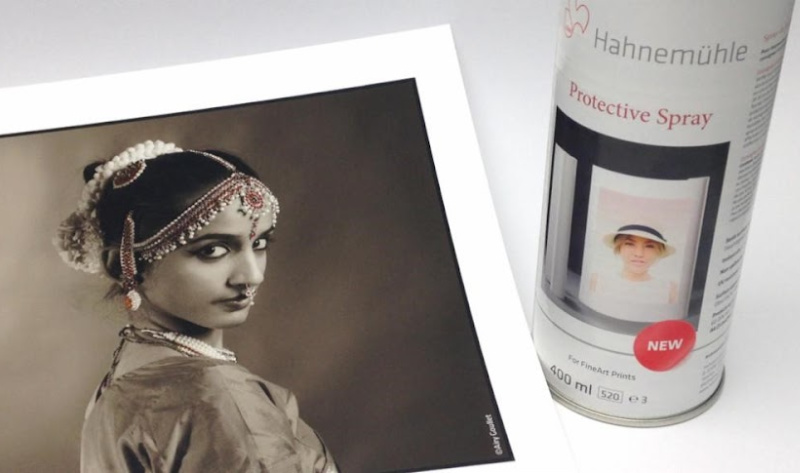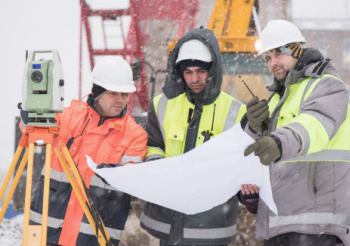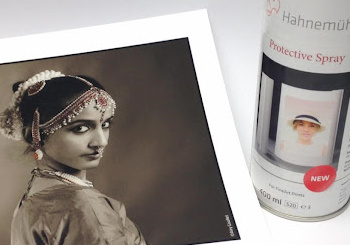With wide-format inkjet printable media from Freedom Paper, you can produce everything from postcards. infographics, and posters to art prints, trade-show graphics and wall murals on the wide-format inkjet printer in your office or studio.
But in order to use a wide-format inkjet printer that uses office-friendly aqueous dye or pigment inks to print indoor or outdoor display graphics or heirloom photo prints, it’s essential to understand how to extend the longevity and durability of inkjet-printable media.
This knowledge is especially important if you use an older model wide-format inkjet printer or a CAD/general office printer that uses a combination of dye and pigment inks.
Even in you use a photo/graphics printer that uses fade-resistant pigment inks, you still must know how to protect your prints from scratches, abrasion, and airborne pollutants.
Here’s a quick overview of some of the most popular options: aerosol spray lacquers; liquid clearcoats; graphic laminating films.
Protective Sprays
Inkjet protective sprays provide a fast, easy way to protect inkjet prints on fine art papers from abrasion, fingerprints, ultraviolet (UV) light, and airborne pollutants. These sprays are commonly used with smaller prints on inkjet art papers of photo papers with porous ink-receptive coatings. Spray-on coatings are particularly popular for prints designed to be handled, such as notecards, album pages, or portfolio prints.
The spray forms a fine, transparent film that doesn’t affect the structure of the paper.
Unfortunately, the spray lacquers required to protect water-soluble dye inks contain solvents. This means you should apply the spray in a well-ventilated area, wear goggles, and/or use a respirator that meets OSHA and NIOSH safety requirements.
Some protective sprays available for protecting aqueous inks inks include: Moab Desert Varnish, PremierArt PrintShield, Marabu ClearJet Original Type A, and Hahnemuhle Protective Spray.
Liquid Clearcoats and Varnishes
A properly formulated clearcoat can add years to the life on prints on canvas, vinyl by protecting them from UV light, airborne pollutants, abrasion, and water damage. When the liquid coating dries on the surface of of the print, it forms a thin, barrier film that protects the ink and the canvas, vinyl, wallcovering material, or paper beneath it.
Different formulations of liquid coatings exist to meet the different display requirements of inkjet canvas, indoor wallcoverings, and outdoor signs.
For example, clearcoats for inkjet canvas must remain supple enough not to crack when the canvas is stretched around the wood bars of a gallery wrap. Clearcoats for vinyl signs must not dissolve and run off when the sign is posted vertically and exposed to rain.
If you print images with aqueous dye inks, you must use a solvent-based clearcoat such as ClearJet FineArt for art papers or ClearJet A2000 Solvent-Based coating for signs.
Users of pigment-ink printers and vinyls or water-resident canvas can use water-based coatings such as ClearJet Classic, ClearJet Classic Lite, and ClearJet Select.
Hahnemuhle Varnish is a water-based clearcoat that can be applied to water-resistant inkjet canvases. It is available in satin, gloss, and matte finishes. The gloss coating can increase the richness of blacks and colors.
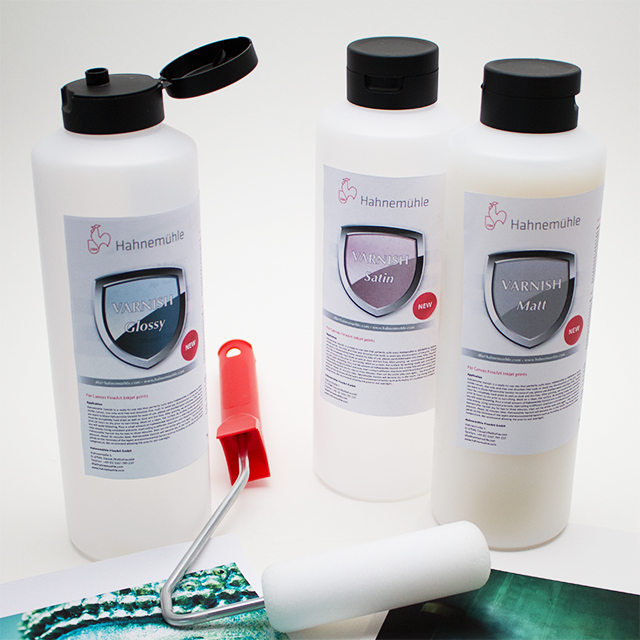
Before applying, a clearcoat, it’s a good idea to pretest your your digital prints to ensure that you are using the correct formulation. Inadvertently using a water-based clearcoat with aqueous dye inks will cause the inks to bleed.
If you only want to coat a few prints, you can use a high-density foam roller to apply the canvas. Print shops that coat higher volumes of canvas prints typically build a spray booth and use a high-volume, low-pressure (HVLP) spray gun to coat the canvases. Liquid laminators such as StarLam have been designed to apply thin, even layers of clearcoats to vinyl or canvas in shops that produce a lot of art prints or vehicle wraps.
Graphic Laminating Films
A huge variety of clear, adhesive-backed films have been designed to protect the surface of all sorts of printed documents, including inkjet prints. They vary greatly in terms of protective properties, surface finish, thickness, and cost.
Lower-coat “hot” laminating films are made with heat-stable polyester films and adhesives that are activated by the heat and pressure of laminators with heated rollers. Laminating films for printed documents activate at temperatures between 210 and 240 degrees F.
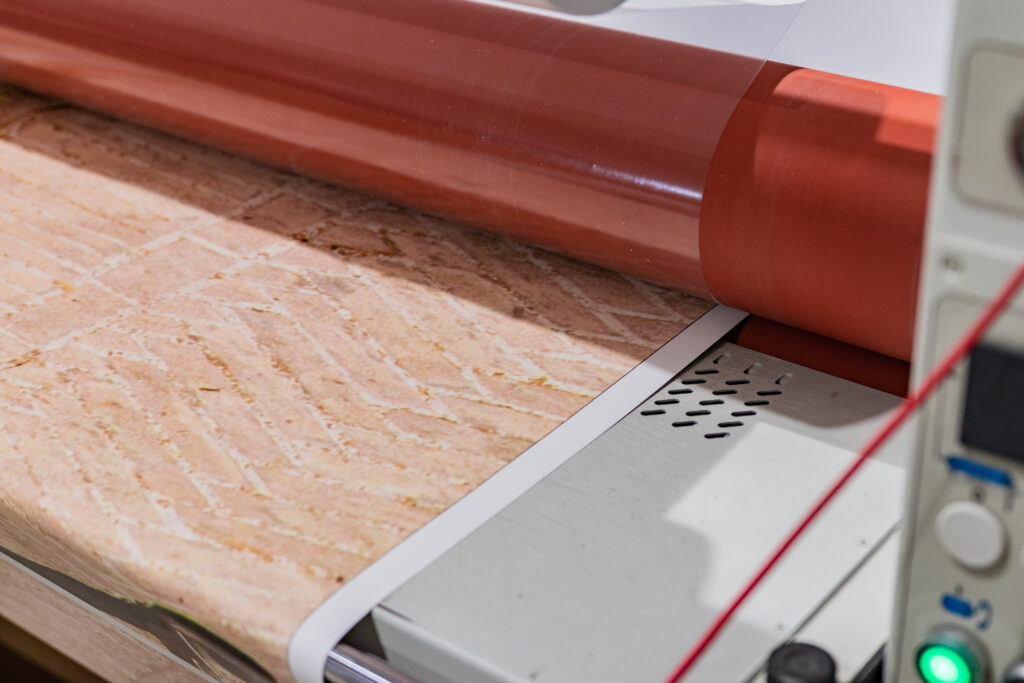
“Low-melt” or “Heat-assist” films were developed for use with heat-sensitive inkjet media. The adhesives on these films can be applied at temperatures between 185 to 195 degrees F.
Pressure-sensitive “cold laminating films” cost more, but can be applied without heat on less expensive, easier-to-operate non-heated laminators. These films can be made of vinyl (PVC), polyester, polycarbonate, polyolefin or other substrates. They use more aggressive adhesives that are protected with a release liner until they are applied. For smaller graphics, such as yard signs, you can use a wide-format squeegee from a sign-supply company to manually apply a pressure-sensitive laminating film.
If your graphics are printed with aqueous dye inks, it’s best to “encapsulate” the print between two sheets of laminating film that are slightly larger than the print. Created a sealed edge around the perimeter of the print keeps moisture from seeping in and causing the inks to bleed.
Wide-format laminators for thermal (hot) laminating or pressure-sensitive (cold) laminating are available on Laminator.com in widths from 27 inches to 65 inches.
Framing Materials
Many inkjet prints on fine art and photo papers are designed to be designed in frames. To keep the prints from fading or yellowing, it’s best to use a framing glass or acrylic sheet that has UV filters. The UV filters not only can slow the fading rate of the inks, but can also keep the optical brightening agencies (OBAs) used to whiten the paper or canvas from wearing out.
Acrylic glazing such as Plexiglas weighs less than glass and is less likely to shatter. Acrylic is popular for framing large-format prints that will be shipped or displayed in children’s rooms.
Glass is typically less expensive and more scratch resistant than acrylic. But it is less optically pure and may show a green or yellowish tint.
The Frame Destination website includes an excellent page that describes the pros and cons of using acrylic and glass for short-term and longer-term print protection.
When preparing images for framing, use archival-grade mat boards and adhesives. If you apply a water-based adhesive (such as starch pastes for hinging) to the back of printed areas in a dye inkjet print, the moisture can migrate and cause the colorants to bleed. It’s also important to use of pressure-sensitive adhesives to the front surface of an inkjet print.
Storage Boxes and Portfolios
Another way to protect inkjet prints is to mat them and store them away from the air and light in an archival box or portfolio that meets the ISO Standard 18902 for albums, framing, and storage materials for processed imaging materials.
The ISO standard specifies that enclosures be acid-free, lignin-free, and no include rubber adhesives or chlorinated, plasticized, or cellulosic plastics. The enclosure should also contain 2% alkaline reserve to buffer the paper against acids in the environment in the environment.
The Image Permanence Institute has developed a a Photographic Activity Test to evaluate possible chemical interactions between enclosures and photographic images after long-term storage.
According to the Image Permanence Institute, the ISO Standard 18902 isn’t totally satisfactory for inkjet prints: “It’s more difficult to select safe enclosures for inkjet because of the diversity of ink and paper formulations used as well as their individual chemical and physical responses to enclosure materials.” Some inkjet prints might be subject to adhesive-induced yellowing, bleed, and abrasion.
Do not store inkjet photo and art prints in vinyl plastic sleeves. Only smooth, polyester sheeting is safe for contact with the surface of the print. Archival Methods specializes in products for storing photos, including archival boxes, sleeves, portfolios.
OTHER POSTS
Inkjet Print Protection: Tips for Applying Protective Sprays


